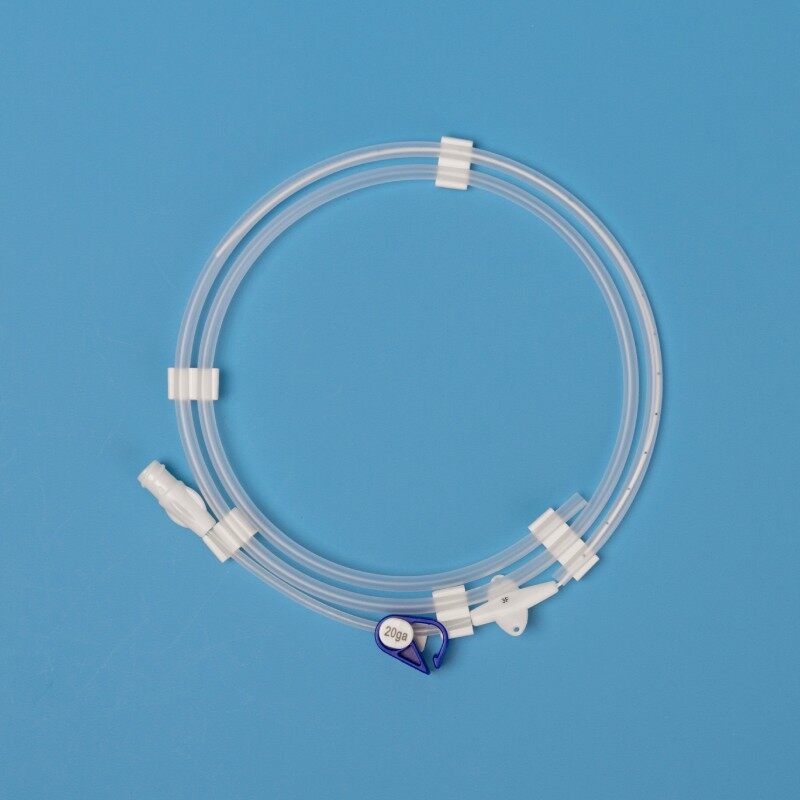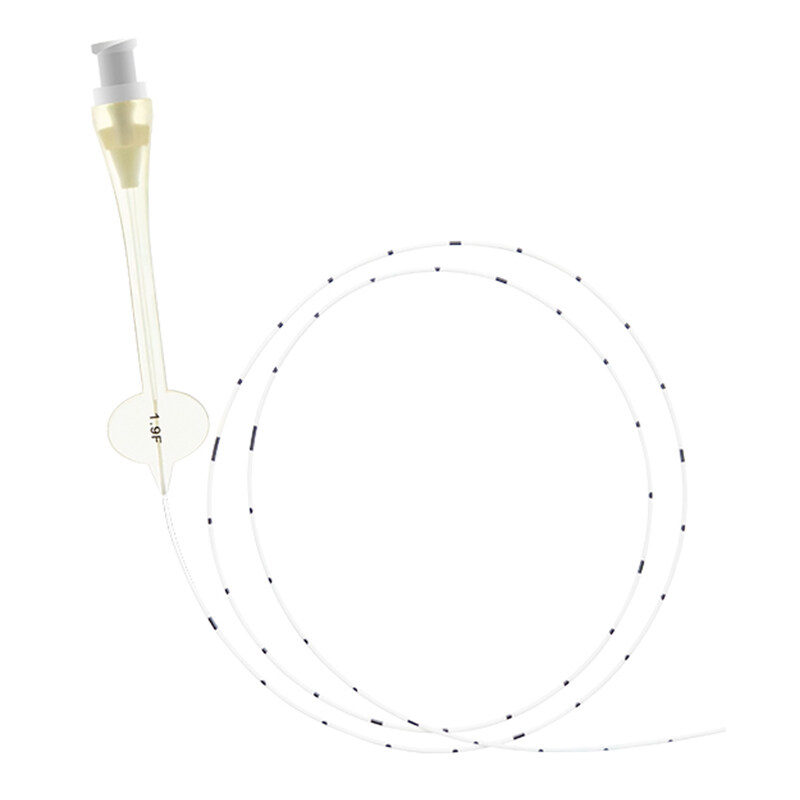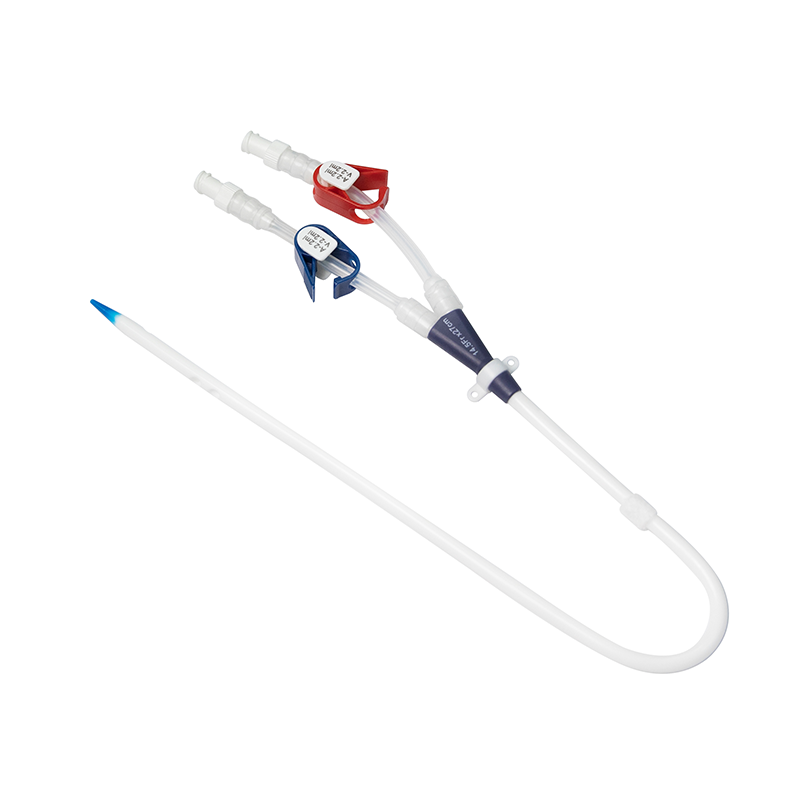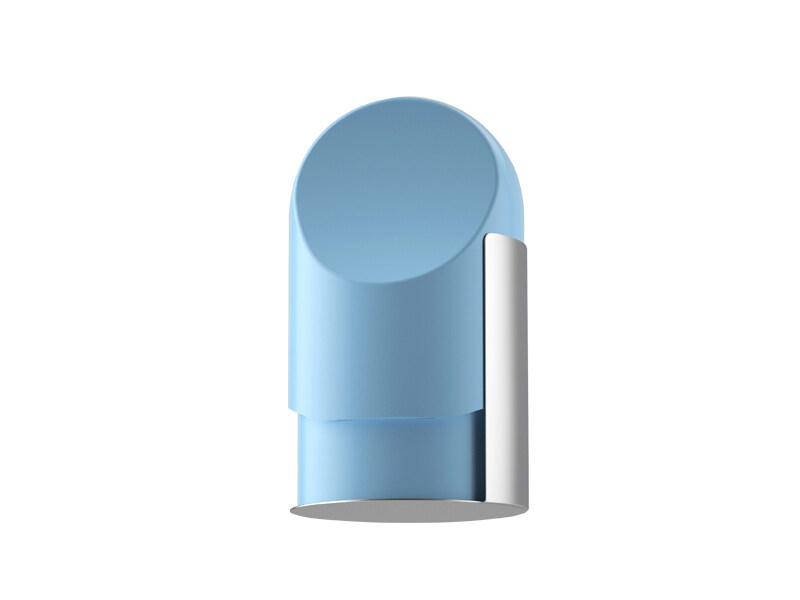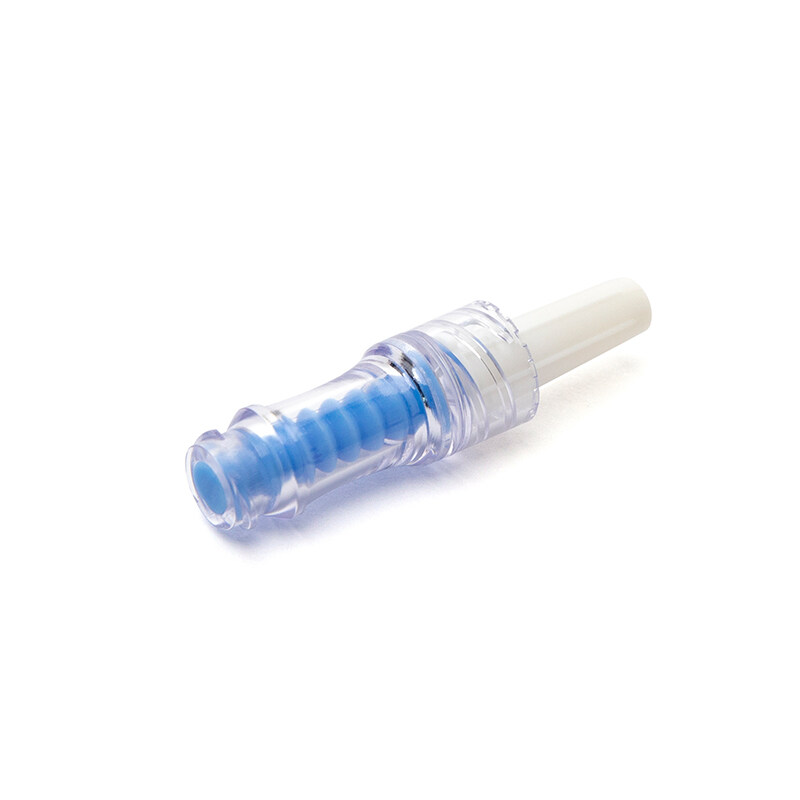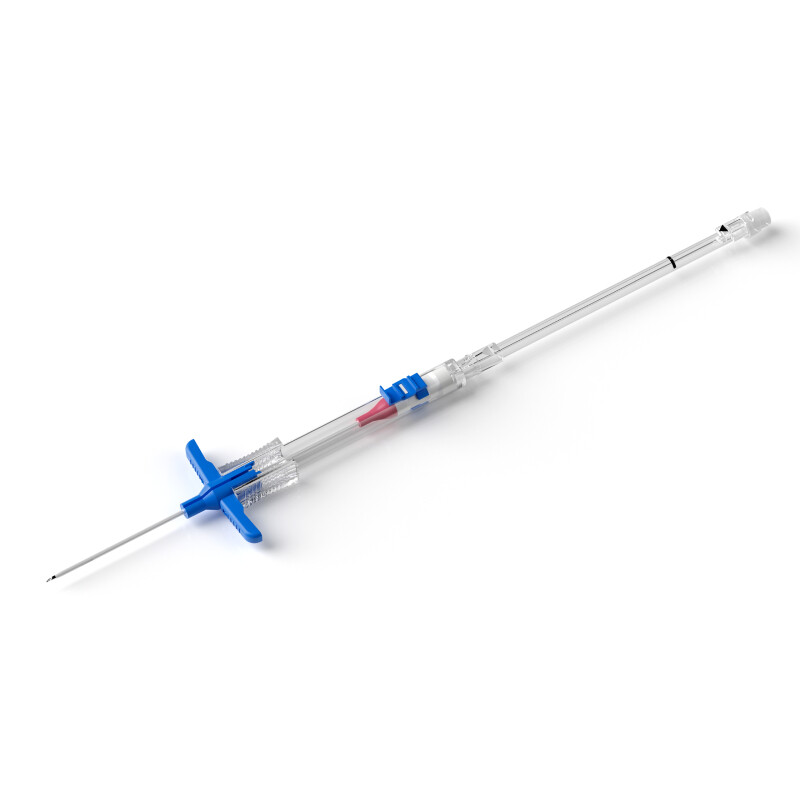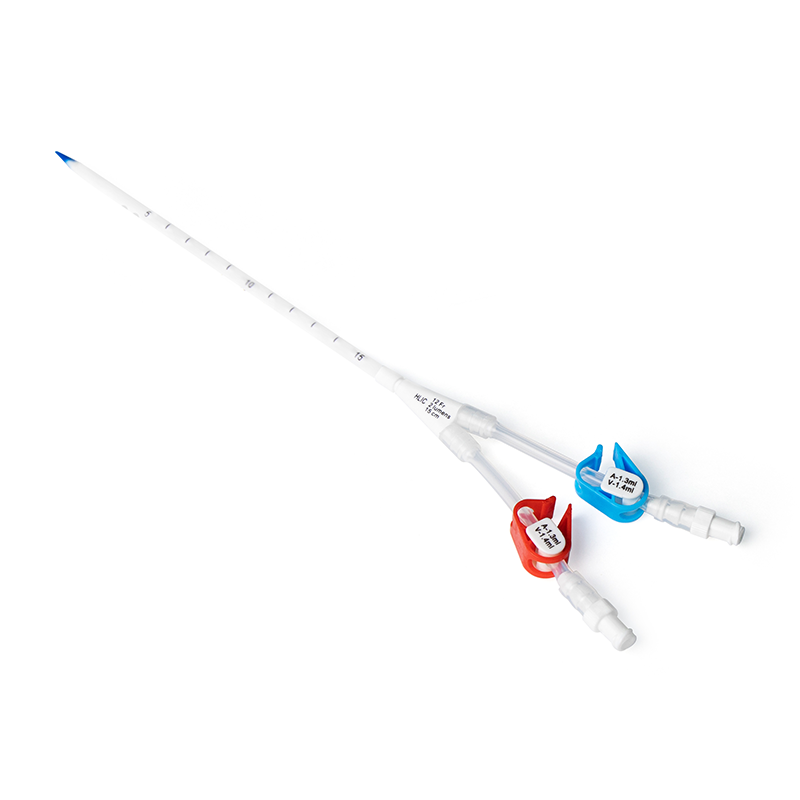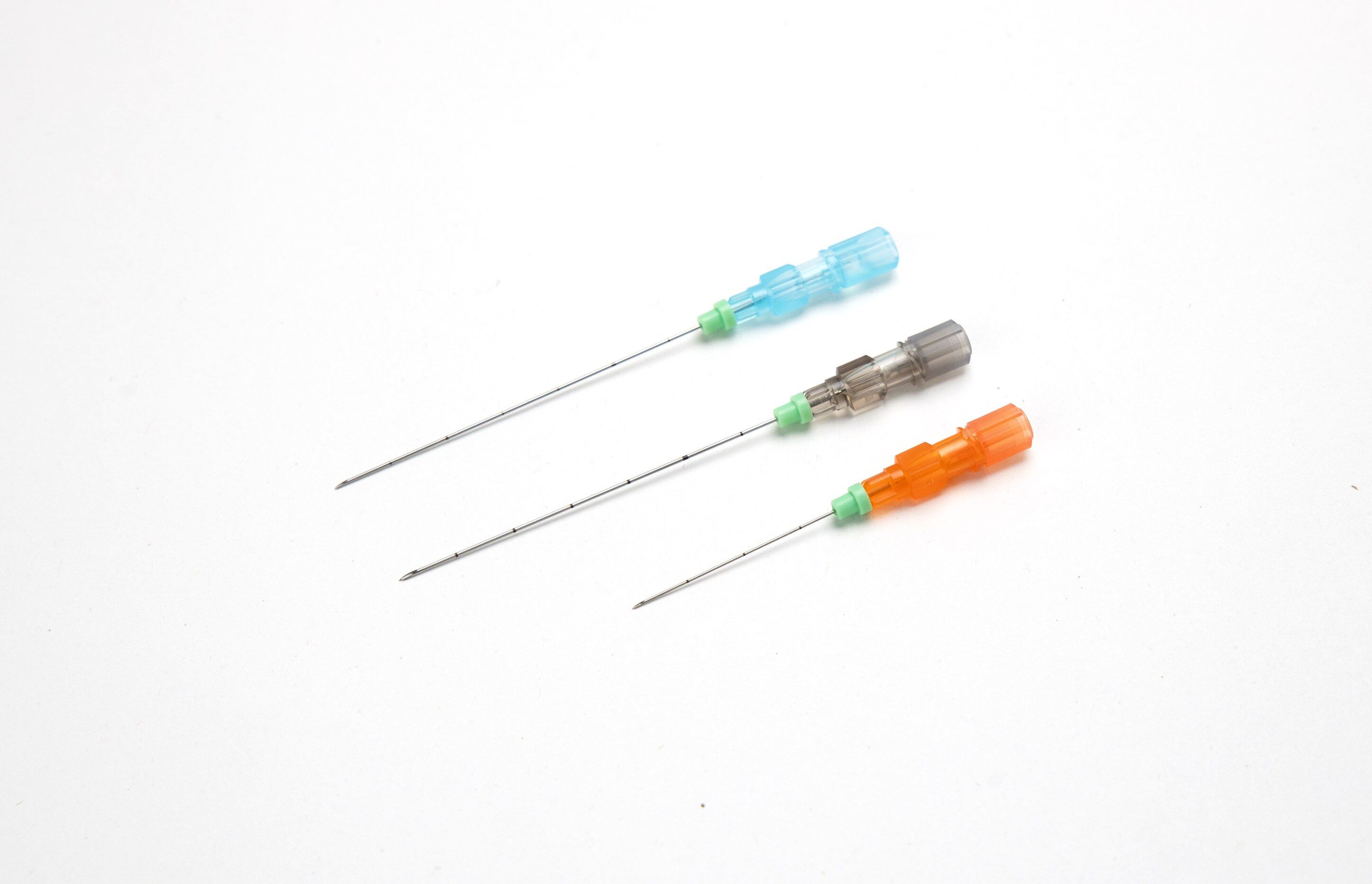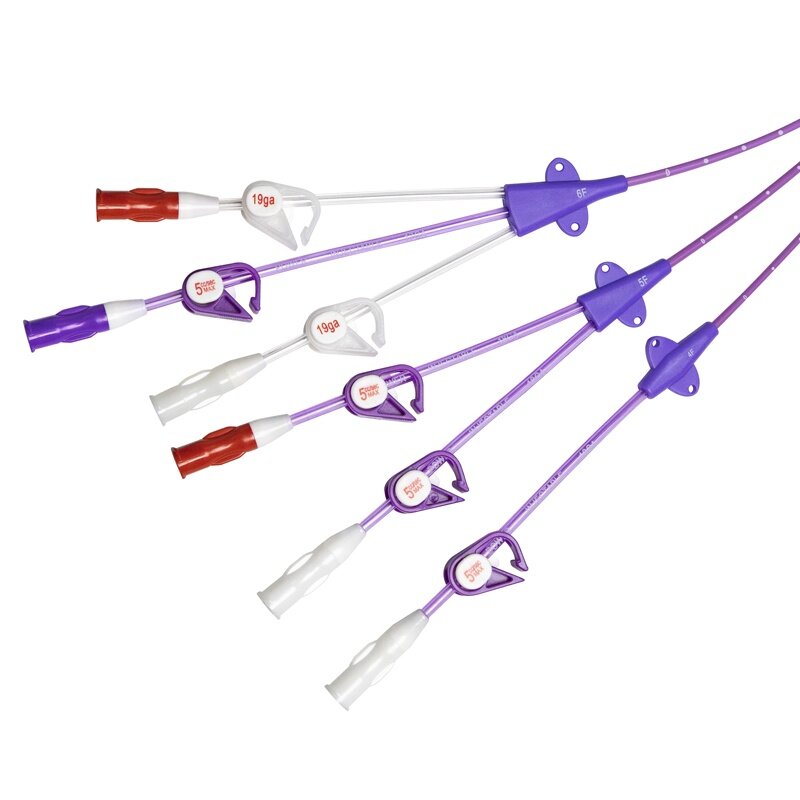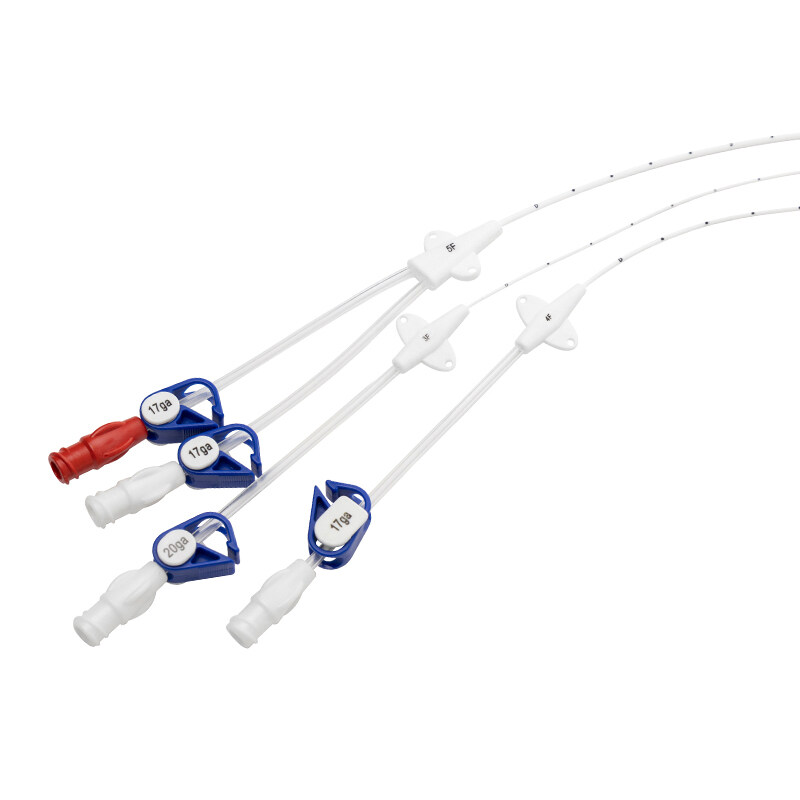What is a central venous catheter used for?
A central venous catheter is a thin, flexible tube that is inserted into a vein, usually below the right collarbone, and guided (threaded) into a large vein above the right side of the heart called the superior vena cava.
What are the types of central venous catheters?
The doctor will recommend the type of CVC you should have based on your situation and how long the CVC may be needed.
Three common types of CVC are a tunneled central venous catheter, a peripherally inserted central catheter, and a subcutaneous port.
There is still a lot to learn about central venous catheters, for example about the central venous catheter length markings. Only with a better understanding of the central venous catheter length markings can we make the most of its usefulness.
central venous catheter length markings
Central venous catheter length markings are essential for ensuring that the catheter is inserted to the proper depth and that it remains in the correct position throughout its use. These markings are typically located on the outer surface of the catheter and are measured in centimeters.
The length markings allow healthcare providers to determine the distance between the insertion site and the intended destination of the catheter, which is usually the superior vena cava or right atrium of the heart. The markings can also be used to monitor the position of the catheter over time and to ensure that it has not migrated or become dislodged.
Central venous catheters may have different length markings depending on the type of catheter and its intended use. Some catheters may have markings that indicate the distance from the insertion site to the tip of the catheter, while others may have markings that indicate the distance from the insertion site to the intended destination.
It is important for healthcare providers to carefully review the length markings on central venous catheters before insertion and to ensure that they are using the appropriate catheter for the intended use. Incorrect placement of a central venous catheter can lead to serious complications, including pneumothorax, hemothorax, and cardiac tamponade.
If you have any questions about central venous catheter length markings or the proper placement of a central venous catheter, it is important to speak with your healthcare provider. They can provide you with the information and guidance you need to ensure that your catheter is properly inserted and remains in the correct position throughout its use.
Where is the central venous catheter placed?
A Central venous catheter is used to give intravenous fluids, blood transfusions, chemotherapy, and other drugs.
A central venous catheter is an indwelling device that is peripherally inserted into a large, central vein, and advanced until the terminal lumen resides within the inferior vena cava, superior vena cava, or right atrium.
Haolang medical specializes in developing, manufacturing, and distributing a series of products for vascular access, infusion therapy, and infection control.
For questions about the central venous catheter, including the central venous catheter length markings, you are always welcome to contact Haolang Medical to find out more.
Central venous catheter length markings are an essential component of the device. The length markings indicate the distance from the insertion point to the tip of the catheter, ensuring accurate placement and reducing the risk of complications.
Most central venous catheters have markings that are printed or etched onto the surface of the catheter shaft. The markings are typically measured in centimeters and are visible under x-ray or ultrasound imaging.
The central venous catheter length markings serve as a guide for healthcare providers during insertion and can help prevent complications such as catheter misplacement, perforation, or kinking. They also help healthcare providers determine the appropriate length of catheter needed for the specific patient, reducing the risk of complications related to catheter length.
It is important for healthcare providers to confirm the placement of the central venous catheter using imaging technology, such as x-ray or ultrasound, in conjunction with the length markings.
In summary, central venous catheter length markings are an essential component of the device, helping healthcare providers ensure accurate placement and reducing the risk of complications.

